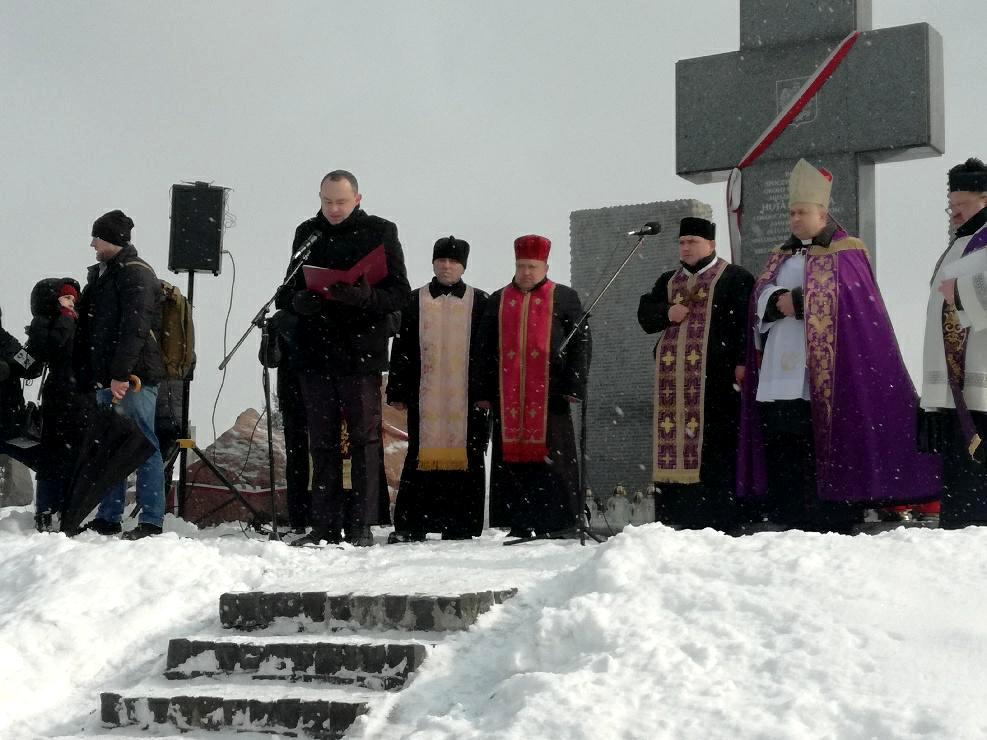On 28 February 1944, the Polish village of Huta Pieniacka was completely destroyed and most of its inhabitants were murdered. The perpetrators of this crime were Ukrainian policemen serving in the 4th Galician SS Volunteer Police Regiment together with a detachment of the Ukrainian Insurgent Army (UPA).
Located approximately 90 km east of Lwów (Lviv in the present-day Ukraine), the village of Huta Pieniacka was occupied by the Soviet Union in September 1939, and came under German occupation following the Third Reich’s aggression against the country in 1941.
In early 1944. Huta Pieniacka was inhabited by approximately 1,000 Poles, some of whom were residents of Volhynia who had fled to the village to escape the wave of crimes committed by Ukrainian nationalists. Polish self-defence led by Kazimierz Wojciechowski was active in the village.
In February 1944, a Soviet partisan unit operated in Huta Pieniacka and the surrounding area. Due to its presence in the area, a patrol from the 4th Galician SS Police Regiment, in which Ukrainians served, arrived in the village on 23 February 1944 and was fired upon by Polish self-defence. It is likely that this action prompted German retaliation.
On the morning of 28 February 1944, the village was completely encircled by Ukrainian policemen from the 4th Regiment under German command. The pacification forces were supported by a detachment of the Ukrainian Insurgent Army (UPA) and a group of Ukrainian inhabitants of the surrounding villages. Polish self-defence was advised by the local Home Army (AK) command not to fight, which would have protected the inhabitants from repression.
After entering Huta Pieniacka, Ukrainian policemen began the brutal murder of its inhabitants, not sparing women and children. Some of them were burned alive in farm buildings or murdered near the church. There Kazimierz Wojciechowski, who was set on fire, was killed, while in his house the perpetrators murdered his wife together with his daughter and the Jews hidden by the family.
The pacification of the village lasted until 5 p.m. During this time about 850 people were murdered and practically all the houses were burnt down. Only 4 houses out of more than 170, the school and the church remained.





